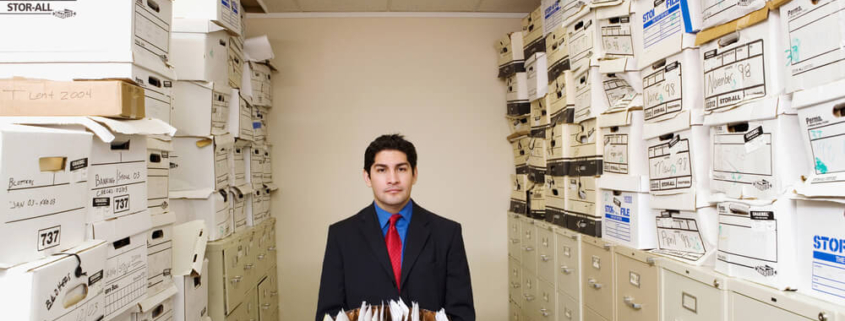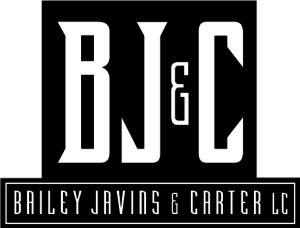Understanding the Discovery Process During a Personal Injury Claim
When someone has been injured because of another party’s negligence or reckless actions, the first step is usually to file a claim with the responsible party’s insurance company (if they have liability insurance). After that, the claim is investigated by the insurer, at which point the insurer might either deny the claim or offer a settlement. This usually sets off a round of negotiations.
If the claimant has legal representation, their attorney will go back and forth with the insurance company and try to work out a settlement that provides full and fair compensation for their injuries. If the other side refuses to give a reasonable offer during these negotiations, then the attorney might decide to file a personal injury lawsuit.
When a lawsuit is filed, the case moves to the jurisdiction of the court. In most areas of the country, court calendars are pretty full and there is typically a wait of several months between the filing of the lawsuit and the trial date. During this period, there is a very important part of the litigation process known as “discovery”.
The discovery phase is the time period when parties to a lawsuit are allowed to request and exchange information about the case. During discovery, all of the information that each side plans to use during the trial is revealed ahead of time, ensuring that neither side can pull any surprises after the trial begins. Discovery is also important because it gives parties the chance to clarify important facts and potentially learn new information that may help bolster their case.
Forms of Discovery that are Used in a Personal Injury Case
Discovery of information about a case can come in oral, written, or electronic form. Discovery starts with a series of required disclosures that each side should turn over. This includes:
- A list of eyewitnesses to the accident or event that caused the injury.
- A list of doctors and other medical professionals who might have examined and/or treated the victim.
- A list of any expert witnesses whose opinions have been relied on, the basis for their opinions, their qualifications, and which expert witnesses plan to testify at trial.
- Damages that the plaintiff is seeking in itemized form along with supporting documentation showing how these damages were calculated.
- Any other documents, items, or pieces of information that the plaintiff or defendant plans to use in order to support their argument.
Going beyond the initial disclosures, there are several methods of discovery that can be used by either side to obtain additional information. The most common of these are:
Interrogatories
interrogatories are a series of questions that are sent in written form from one side for the other side to answer under oath. Interrogatories are very common in a personal injury case, and they are often used to help clarify various pieces of information that may be important to the case. The other side is required to answer these questions honestly and to the best of their ability.
Request for Production of Documents
Either party may issue a request for documents that are relevant to the case and were not turned over during the initial disclosure. Examples may include medical records, photos of the accident scene, and records of lost earnings.
Request for Admission of Facts
One party might ask the other party to admit or deny certain facts or allegations about the case. Requests for admission can be particularly useful to establish certain facts without having to go through the time and expense of introducing evidence and/or calling witnesses to prove them during the trial.
Depositions
A deposition is an oral session in which one of the parties to the case is required to answer a series questions under oath. Depositions are done in the presence of a court reporter who produces a written transcript of the testimony that was provided. Information obtained from a deposition can be used to form a trial strategy, and it can also be helpful in negotiating a settlement before the case reaches a courtroom.
Discovery Process Timeline
The amount of time needed for the discovery phase of a personal injury lawsuit can vary widely depending on the specific circumstances of the case. In some instances, discovery can be completed in just a few weeks the case is not too complicated and both sides have been forthcoming with the requested information. In other cases, several months might be needed if there are more complex circumstances. Whatever the situation, it is always very helpful for an claimant to be represented by a seasoned attorney who can provide a steady hand to guide them through this critical phase of the case.
Suffered a Personal Injury in Georgia? Contact Bailey, Javins & Carter, L.C. for Legal Help
If you or someone close to you got injured in Georgia because of someone else’s negligence, Bailey, Javins & Carter, L.C. is here to help. To set up a free consultation and case assessment with one of our attorneys, call our office today at 678-981-5370 or send us an online message.

 Understanding the Discovery Process During a Personal Injury Claim
Understanding the Discovery Process During a Personal Injury Claim

 Building Code Failures on Construction and Renovation Projects
Building Code Failures on Construction and Renovation Projects